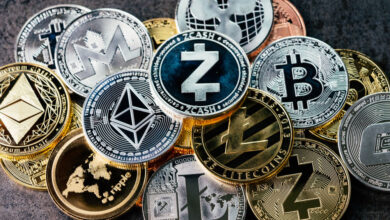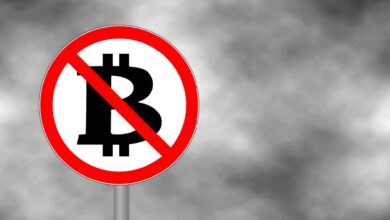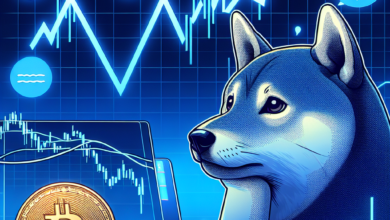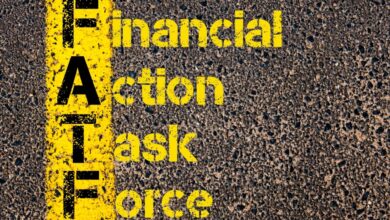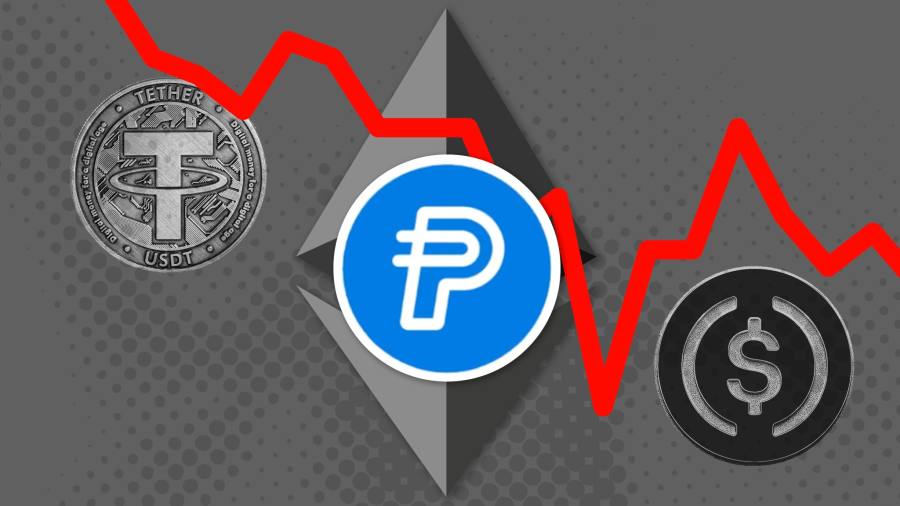
PayPal Announces Entry into Stablecoin Market
Welcome to the latest edition of the FT Cryptofinance newsletter. This week, we take a look at the stablecoin market, which welcomed a new player on Monday. The crypto market seemed to receive the much-needed boost this week when PayPal announced that it would be launching its own stablecoin. If crypto is ever going to become a widely used store of value, who better to drive it forward than one of the world’s largest consumer payment brands?
The curious thing about this is the timing. Other well-known brands, such as Revolut, are rolling back their plans, while US regulatory authorities are busy conducting lengthy proceedings against digital assets.
But the mystery goes beyond that. Stablecoins are just as important for crypto markets and are akin to chips in casinos: they allow traders to easily deposit and withdraw bets, but in wallets instead of on numerous traceable accounts.
Unfortunately, they are intrinsically tied to sectors of the crypto market that have underperformed all year. According to research provider CCData, the market capitalization of US dollar-backed crypto tokens has decreased from $188 billion in March of last year to $125 billion. Not only does this decline represent the sector’s lowest market capitalization since August 2021, but stablecoins have also seen 17 consecutive months of declines in trend.
According to CCData, volumes in crypto derivatives, where investors bet on the future price of “traditional” cryptocurrencies like Bitcoin, have decreased by almost 50 percent since the beginning of this year. “Trading in crypto derivatives tends to lead to stablecoin activity, as stablecoins serve as collateral,” said Nikolaos Panigirtzoglou from JPMorgan. Even then, the numbers don’t tell the whole story. Most of the money withdrawn from the system went to Circle, which operates USDC, one of the largest stablecoins in the world.
In March, the group admitted to holding over $3 billion of its reserves in the now-collapsed Silicon Valley Bank. This admission caused its token to temporarily decouple from the dollar, resulting in the company losing around 40 percent of its share of the stablecoin market before SVB. Meanwhile, tokens worth $26 billion are currently in circulation.
During the same period, Tether, the market leader, strengthened its position in the industry, capturing around two-thirds of the stablecoin market share. The BVI-registered operator currently has tokens worth around $83 billion in circulation, up from around $70 billion in March.
“The temporary depegging event of USDC caused by the Silicon Valley Bank’s insolvency led to a loss of credibility for investors,” said Rajeev Bamra, head of DeFi and digital asset strategy at Moody’s. The question is, why is PayPal doing this? There are some similarities with other stablecoins on the market.
Coin operators typically invest their reserves to back stablecoins in liquid assets such as short-term US Treasury bonds. Not only are they easy to access, but they also now offer up to 4 percent interest per year – which benefits the operator rather than the customer. PayPal’s efforts, known as PayPal USD, follow the same pattern and will back its reserves 1:1 with short-term Treasury bills and other assets.
Strong users of stablecoins are sensitive to interest rates and yields that can be achieved elsewhere. This is likely to be especially true when the market and coin prices are stagnant like they are now. “In an environment of increased interest rates, if [PayPal’s stablecoin] is backed by US Treasury notes, it should generate a yield of around 5 percent, which they are unlikely to share with their customers,” said Sankar Krishnan, head of digital assets and fintech at Capgemini. However, PayPal USD comes with limitations. Most notably, unlike other dollar-backed tokens traded on public blockchains, it can only be used within the PayPal ecosystem.
“They won’t be competing with Tether. I think they’re trying to be a stable currency with real use cases… they want to use blockchain technology to provide a payment mechanism. It’s not meant for people to get in and out of cryptocurrencies with,” said Ilan Solot, co-head of digital assets at London-based broker Marex. “Why would a crypto native use it instead of another existing stablecoin? I don’t think it will compete with established stablecoins at all,” he added.
The most obvious comparison that comes to mind with PayPal is Meta/Facebook’s failed attempt with its Libra stablecoin – another big name from Silicon Valley that misjudged what it was getting into. Meta didn’t anticipate the regulatory pushback: PayPal has to show who its product is intended for.
“Back in the day, everyone was starting an internet banking company because they didn’t want to be left behind, even if they weren’t quite sure why they were doing it,” said Tom Keatinge, founding director of the Center for Financial Crime and Security Studies at UK think tank Rusi. “PayPal has an existing consumer base and is trying to enter the crypto market by monetizing its user base,” Keatinge added.
Whether that’s feasible is another question. Four years after Libra, PayPal USD has to bridge a gaping chasm between cryptocurrencies designed for broad adoption and the products developed by cryptocurrencies for cryptocurrency markets.
Weekly Highlights
The SEC’s crackdown on cryptocurrencies continues: Late Thursday evening, the regulatory authority announced that Bittrex Inc. and the co-founder and former CEO of the platform, William Shihara, have agreed to settle charges that they operated an unregistered national securities exchange, broker, and clearing agency. Bittrex Global GmbH, the company’s foreign subsidiary, also agreed to settle charges arising from the fact that the company failed to register as a national securities exchange. Last month, the Securities and Exchange Commission suffered a setback when a New York judge ruled that Ripple Labs did not violate securities laws by selling digital tokens to the public. This week, the regulatory authority, led by Gary Gensler, stated its intention to appeal the decision. You can read the filing here.
The Russian central bank announced on Wednesday that it will launch a pilot test of a digital ruble involving 13 banks. Olga Skorobogatova, First Deputy Governor of the Bank of Russia, said that “individuals and businesses will be able to actively use the national digital currency by early 2025, of course, if they wish to do so.”
Soundbite of the Week: Pushback on PayPal
It’s no surprise that a major consumer name entering the crypto space has caught the attention of politicians.
Democratic Congresswoman Maxine Waters, who sits on the House Financial Services Committee, was not particularly pleased, as there are currently no federal regulations for stablecoins.
“Given the size and reach of PayPal, federal oversight and enforcement of its stablecoin operations are essential to ensuring consumer protection and addressing concerns regarding financial stability.”
Data Mining: OKX Makes Progress in Derivatives
One consequence of the strict US regulatory crackdown has been the redirection of trading flows around the world as US-based markets suffered losses and offshore exchanges profited. One of the biggest beneficiaries has been OKX, which is based in the Seychelles and is a regulated entity in the Bahamas, a well-known center for crypto business. According to CCData, OKX’s share has increased from 11 percent in January to nearly 21 percent in August. The growth strengthens OKX’s position as the second-largest exchange for crypto derivatives.
FT Cryptofinance is edited by Philip Stafford. Please send your thoughts and feedback to cryptofinance@ft.com.
Referenz: Financial Times



